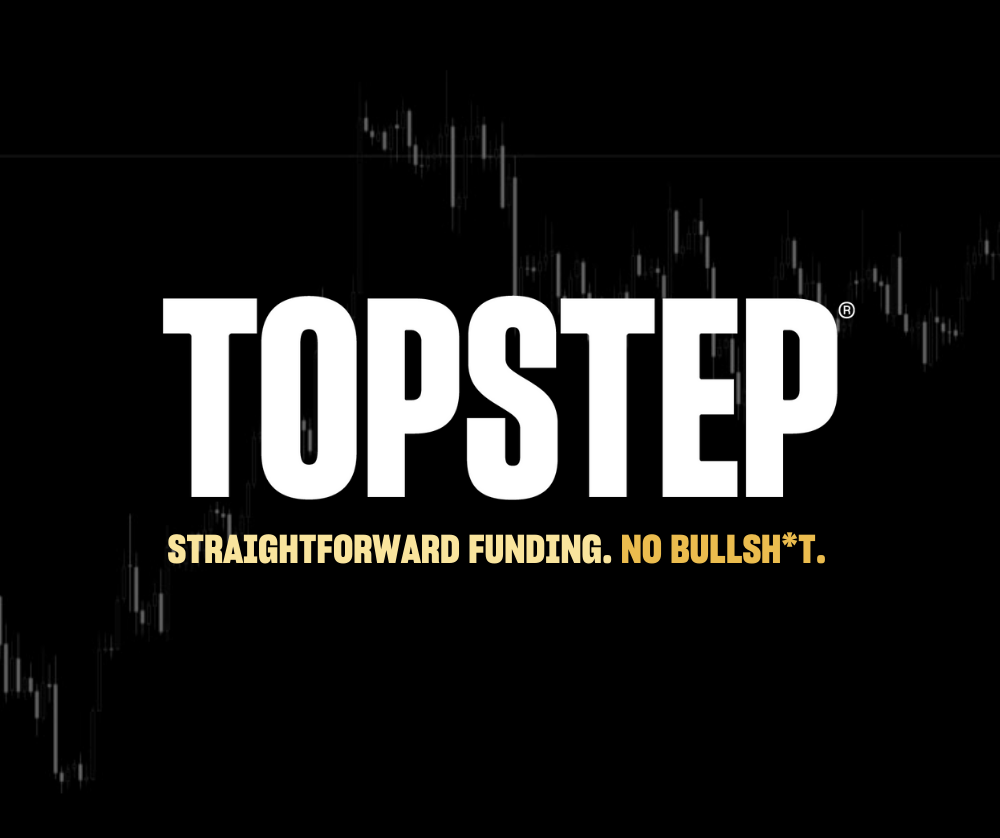The Arc Principle is a discovery that reveals that all freely traded markets are governed by a hidden order based on the geometry of the circle or “arc”, which expands and contracts based on the Fibonacci ratio. The discovery allows us to use these Arcs in a manner that goes far beyond what has been heretofore reported by others.
In this first of a series of three articles, we introduce the discovery of the Arc Principle, where we will begin with the known and move toward the unknown. Gann Angles and the Elliott Wave Principle, taught by W.D. Gann and R.N. Elliott, respectively, are well known to many traders. These trading approaches will be used to demonstrate how the Arc Principle can enhance one’s ability to analyze and trade the markets.
For many traders and investors, the discoveries of Gann and Elliott are beyond reproach. And yet, the Arc Principle shows that Gann did not know everything there was to know about Gann Angles, and Elliott did not know everything there was to know about Elliott Waves. Behind every Gann Angle is an Arc pinpointing the turning point. Behind every completed Elliott Wave is an Arc confirming the wave count.
While the essence of the Arc Principle is simple, the underlying geometry sometimes is not. The patterns are layered and complex. A wealth of new trading techniques flow from this basic discovery. The Arc Principle can be used as a stand-alone forecasting method, or used in conjunction with other forms of analysis (see “A picture is worth…,” below).

There are a number of things to observe on the chart of Halliburton (HAL).
- First, note the blue-shaded turning points. They have been marked with a 1-5 wave count to exemplify how an Elliott Wave analyst might label the impulse wave. Whether this is a correct count or not is not material at this juncture. Just observe that the move ended at the point labeled “Wave 5.” It is a basic tenet of Elliott Wave Theory to look for a significant retracement to commence at the end of Wave 5.
- Next observe the gold-colored angle lines. They represent a Gann Fan made up of Gann Angles. The lowest angle line intersects the 2008 low, setting off a massive bullish move.
- The primary circle is centered at the 2001 low, with its radius extending to the 2008 high. The radii of the two interior circles are based on the Fibonacci ratio, at 38.2% and 61.8% of the radius of the large circle.
- If you follow the circumference of the smallest circle back in time as far as it goes, it marks the time of the turquoise-shaded 1997 high, shown by a dotted red vertical line.
- Finally, if you follow the circumference of the middle circle forward in time as far as it goes, it marks the time of the gold-shaded 2008 low, shown by a dotted red vertical line. This is the same 2008 low that is intersected by the Gann Angle.
What you have just observed is the “Circle-Back” rule, which aims to determine if a swing is complete and primed for a reversal, and the “Circle-Forward” rule, which aims to identify the next major turning point. You have also observed a Gann Angle turning point that has been confirmed by an Arc centered at the apex of that Gann Angle. The radius of that Arc is the length of the swing from the apex at the end of 2001 to the high in 2008. Note that we are presenting broad principles here. More detail needs to be explained before they can be consistently relied upon in actual trading conditions.
The missing link
The Arc Principle brings the Fibonacci ratio to the methods of Gann and the squaring of price and time to Elliott’s Wave Principle. Neither Gann nor Elliott was aware that Fibonacci Arcs lay at the heart of the markets. In this sense, Arcs are a missing link between the discoveries of Gann and Elliott. A new, more complete picture of each man’s discoveries depends on understanding this link. In fact, both Gann and Elliott might have glimpsed this secret had they incorporated the work of the other.
 Elliott deserves credit for recognizing the existence of Fibonacci relationships between waves in the market. But he did not go further. As long as he ignored the insight of Gann — that price must be “squared” with time on a properly scaled chart — it would not be possible for him to discover the circular mapping of market swings. The possibility of discovering this was even further removed when dealing with long-term charts, for then Elliott applied a logarithmic scale, and the circular geometry disappears under such conditions.
Elliott deserves credit for recognizing the existence of Fibonacci relationships between waves in the market. But he did not go further. As long as he ignored the insight of Gann — that price must be “squared” with time on a properly scaled chart — it would not be possible for him to discover the circular mapping of market swings. The possibility of discovering this was even further removed when dealing with long-term charts, for then Elliott applied a logarithmic scale, and the circular geometry disappears under such conditions.
Some researchers have sought a link between Gann and Elliott by arguing that Gann’s division of his squares by eighths is very close to the Fibonacci ratio, since 5/8 is nearly equivalent to 0.618. This seems like a rationalization. The fact is that Gann failed to incorporate the Fibonacci ratio into his own work. Tony Plummer, in “The Law of Vibration: the Revelation of William D. Gann,” makes the case that Gann was aware of the significance of the Fibonacci ratio. While this is a viable theory, there is no definitive proof of this.
In order to discover the Arc Principle, it would not have been enough for Gann to start experimenting with the Fibonacci ratio, nor for Elliott to start squaring price and time. They both would have had to further envision the swings in the markets as radii of a circle.
It is safe to say that neither man did so. If Gann worked with Fibonacci Arcs at all, there would have been some hint of this in the voluminous notes and charts he left to posterity. The same holds true for Elliott. If Elliott experimented with Arcs, this too would likely have come to light.
The unseen architecture of markets
Fibonacci Arcs govern virtually every swing in the market. Not a move takes place without them, from the smallest scale to the largest. These Arcs underlie the methods of both Gann and Elliott in specific ways. Most, if not all true Gann squarings of price and time have a geometrically meaningful Arc centered at the starting point, such as the apex of a Gann angle. Similarly, a completed wave in an Elliott Wave sequence will be anchored by an Arc that circles back from the start of that wave to a prior significant turning point. It is the confluence of this unseen architecture with known Gann or Elliott principles that validates the old masters’ theories. Here “validate” means that the Arc Principle proves that their theories were true; that the inherent order claimed to exist by Gann and Elliott was real, not imagined. For if it was not real, Arcs would not consistently confirm the methods of Gann and Elliott, in precise, repeatable ways.
“Squaring of price and time,” (below) shows the Dow Jones Industrial Average during the first half of the 20th century, overlaid with a Gann Angle in gold and a Fibonacci Arc. The radius of largest blue circle, or “Arc,” is derived by taking the smallest Arc as 100% of the radius, multiplied by the Fibonacci ratio three times (100% x 1.618 x 1.618 x 1.618 = 423.5%).

If you follow the circumference of the largest blue circle forward in time as far as it goes, it intersects the dotted red line at the time of the final 1929 high. If you follow the circumference to its highest point, it matches the price of the market at the 1929 high. There is also the 1 x 1 Gann Angle extending from the high in 1906 through the 1929 top.
 The large blue arc and the Gann Angle are actually different ways to express the same squaring of price and time, which is at the core of Gann’s discoveries. However, the radius of that blue Arc was derived from the market swing extending from the 1903 low to the 1906 high. This swing served as the radius of the smallest circle, which in turn determined the radius of the largest by multiplying the smallest radius by the Fibonacci ratio. The confluence of Arc and Gann Angle at the 1929 peak are two parts of one complex geometric whole. This relationship between Arc and Angle is the norm whenever a Gann Angle precisely identifies a major turning point. (The lowest Gann Angle also hits the 1937 high and is matched by a different Arc based on advanced Arc principles.)
The large blue arc and the Gann Angle are actually different ways to express the same squaring of price and time, which is at the core of Gann’s discoveries. However, the radius of that blue Arc was derived from the market swing extending from the 1903 low to the 1906 high. This swing served as the radius of the smallest circle, which in turn determined the radius of the largest by multiplying the smallest radius by the Fibonacci ratio. The confluence of Arc and Gann Angle at the 1929 peak are two parts of one complex geometric whole. This relationship between Arc and Angle is the norm whenever a Gann Angle precisely identifies a major turning point. (The lowest Gann Angle also hits the 1937 high and is matched by a different Arc based on advanced Arc principles.)
“The Arc Principle and Elliott,” (below) shows the same chart of the Dow, only this time the Arc is centered on the 1921 low with radius extending to the 1929 high. We do not draw a specific Wave count, so you will have to imagine how an Elliott Wave analyst would have counted the highs and lows from 1921 to 1929. But there can be no doubt that the move from 1921 to 1929 would be considered an “impulse wave” under Wave Theory, and that counting the subwaves leading up to the high would have as its aim to predict when the trend would complete itself.

Focusing on the Arc, if you follow the circumference of the 23.6% and 61.8% circles (the 1st and 3rd circles in terms of size) of the swing from 1921 to 1929 back in time as far as they go, they mark both the 1914 low and the 1903 low. This is not an isolated occurrence. Virtually every completed Elliott wave on any chart circles back to at least one prominent prior turning point.
But that is not all. If you follow the circumference of the second smallest Arc (38.2%) forward in time as far as it will go, it corresponds exactly to the time the crash ended in 1932. All of the most important turning points in the first third of the 20th Century are encompassed in this one Arc structure. This may be the most prominent example of perfect order in markets, which has gone unnoticed for more than a century.
The Arc Principle is just as relevant in today’s markets as it was 100 years ago. In the second of this series of articles, we will further our introduction to the Arc Principle and present what Elliott did not know about Elliott Wave Theory.




